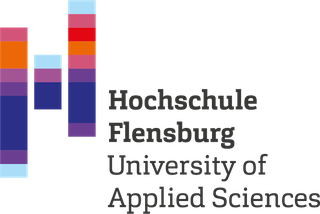Preparing and Guiding Forensic Crime Scene Inspections in Virtual Reality
Süncksen, M., Teistler, M., Hamester, F., & Ebert, L. (2019). Preparing and Guiding Forensic Crime Scene Inspections in Virtual Reality. In Proceedings of Mensch Und Computer 2019 (S. 755–758). New York, NY, USA: Association for Computing Machinery. http://doi.org/10.1145/3340764.3344903
